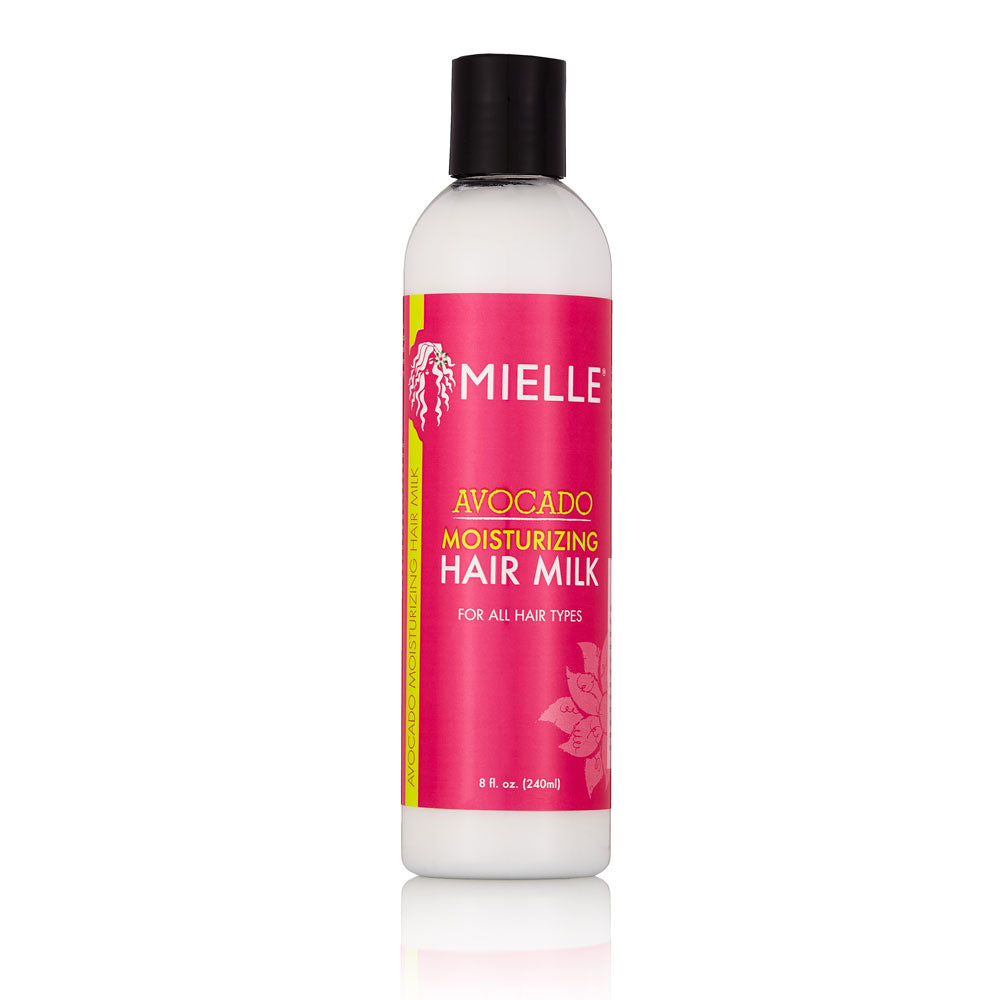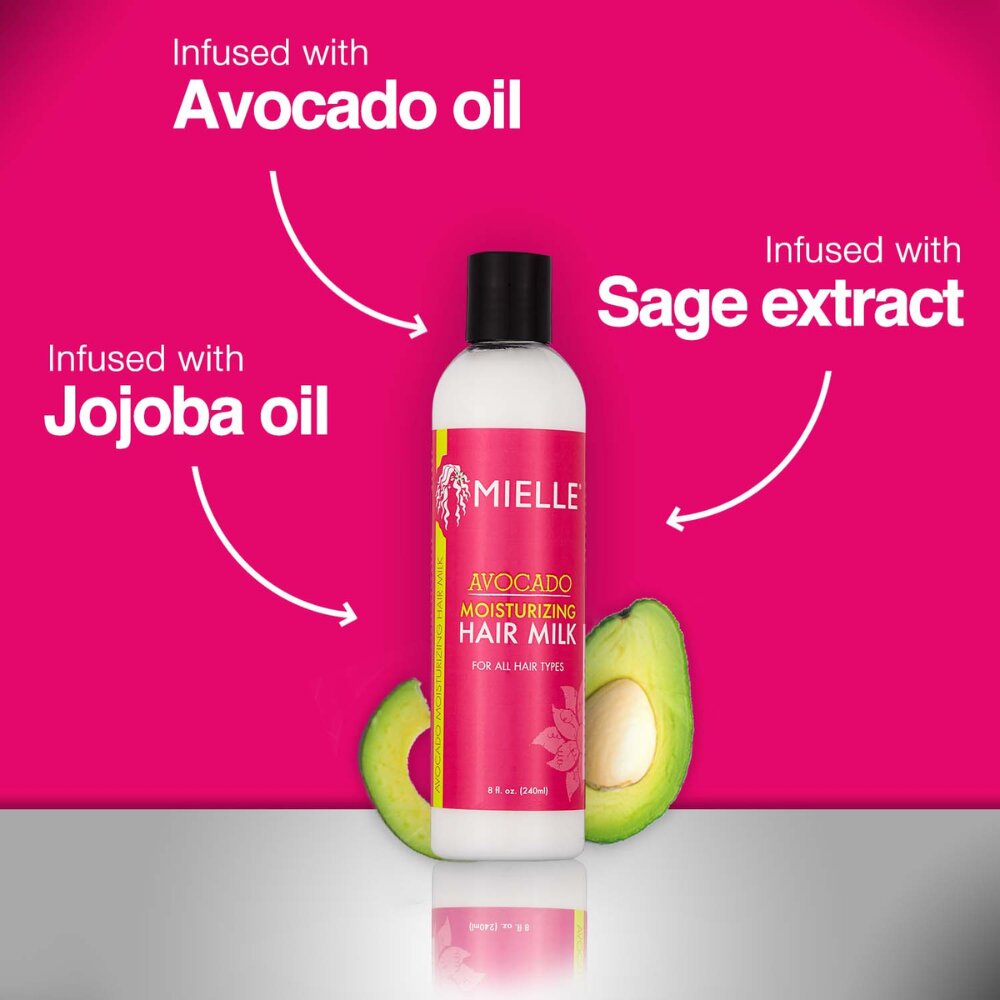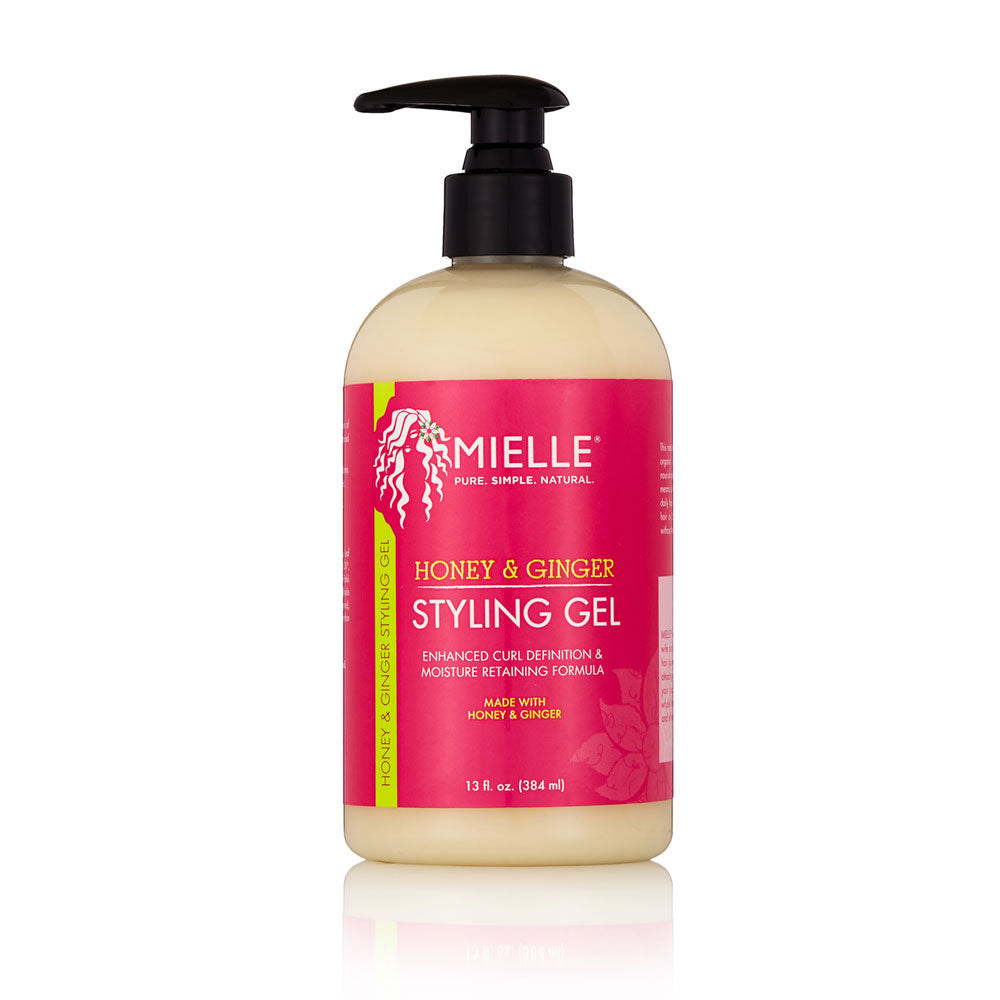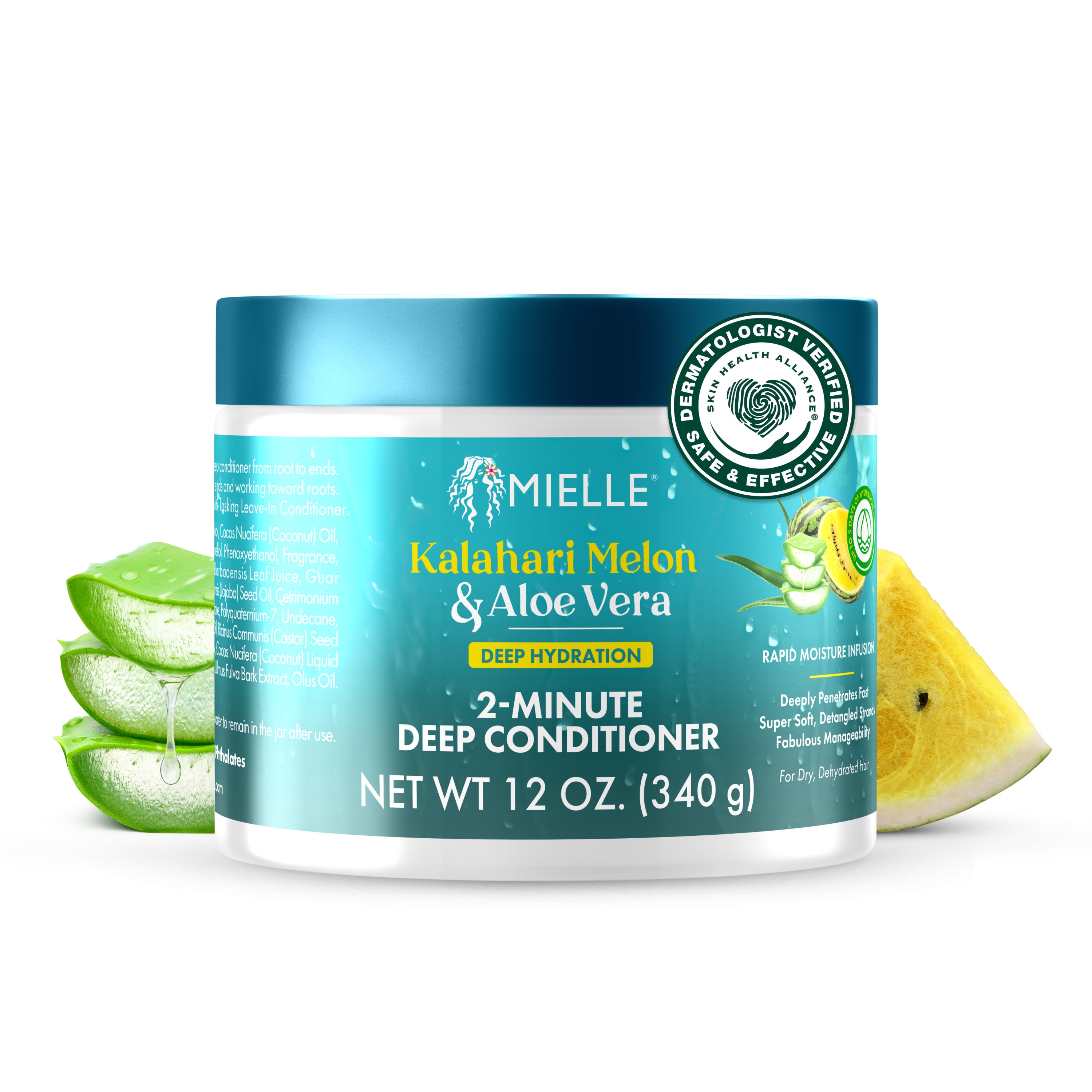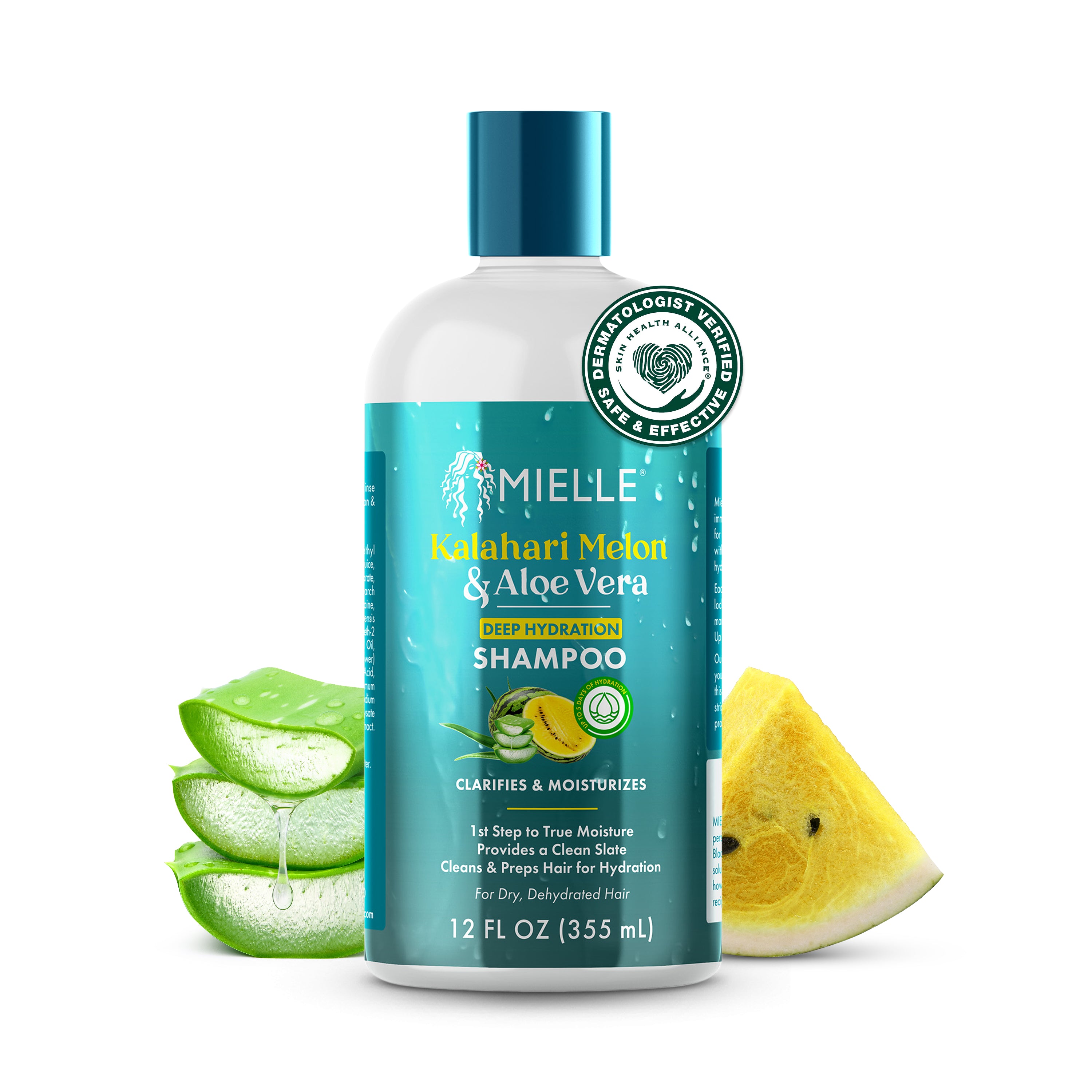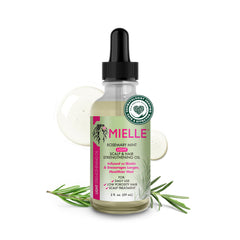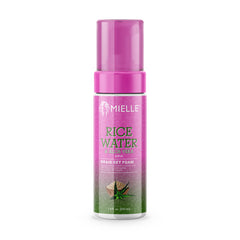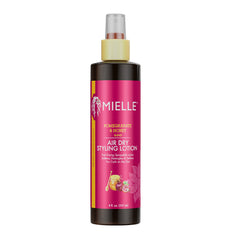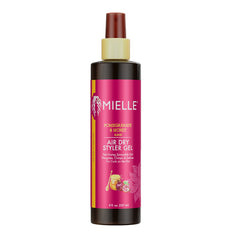By Toia Barry
The best thing about natural hair is how versatile it is. The twist-out hairstyle is one of the most popular hairstyles, but it doesn’t always come how out we envision. From the Senegalese twist, Havana twists, a defined twist, sponge twists, thick twists to flat twist hairstyles, and twisted hair are great ways to accentuate your natural curls. A twist-out hairstyle is a go-to hairstyle for naturalistas of all curl patterns and those with transitioning and damaged hair. This style is perfect for retaining texture and moisture. Not only is it a great protective style that promotes healthy hair, but it looks cute too! Learning how to do a twist out is quite simple and can be achieved using many different techniques. That’s why we are here with a step-by-step guide for achieving a gorgeous twist out!
Step One: Clean and Condition
The best thing you can do for a fresh and defined look is to prioritize a clean and moisturized scalp. For this, we recommend our Rice Water Hydrating Shampoo. The rice water shampoo improves hair length and is going to leave your curls shiny and healthy. Our most popular product, the Organic Co-wash, is perfect for removing any build-up without stripping your hair of its natural oils. Both of these products are great options to get your hair clean and moisturized for a perfect twist out. Is it time for a deep conditioning treatment? Use our Rice Water Clay Masque before you deep condition. After shampooing, apply the clay masque and leave it on for 15-30 minutes, covered with a plastic cap and rinse. Make sure you detangle your hair thoroughly. This step is important because it will be easier to separate your hair properly into sections before twisting.
Step Two: Apply the Right Products
Whether you’re learning how to do Bantu knots, perfecting the wash and go, or working on your twist outs, applying the right type of products and amount of product is key to achieving success! Before applying your products, use your fingers to part your hair into 4 sections. Try the L.O.C. (liquid, oil, cream) method to ensure your twist out’s proper moisture and definition. First, use a water-based product, like a leave-in conditioner or hair milk. Mielle’s Rice Water Moisturizing Milk is excellent for strengthening and hydrating your hair. Next, use an oil to seal in moisture. Try our natural Mint Almond Oil, making sure to work it throughout the hair and heavily focusing on your ends. Last, use a cream or a gel to create a hold. For tighter curl patterns, use a gel to get the proper definition. When working products through your hair, be sure to include your edges for the best results. Type 4 naturalistas will especially love the Pomegranate Honey Blend Super Hold Edge Gel!
Step Three: Style It
There are quite a few options as you learn how to do a twist out on natural hair:
Single-strand twists/finger coils: This option may take longer since it will require you to part your hair into smaller sections. Starting at the root, twist your hair inward or outward around your finger to form a coil.
Two-strand twists: This option is the most common method used for twist-outs. Grab a section of hair, and split it into two pieces of hair to work with. Stretch the hair out and twist it from the root to your ends. Twirl the ends of the hair into a curl with your finger, using a small amount of gel.
Flat twists: Flat twists are a two-strand cornrow that will give you the most definition out of all the options. Part your hair in a row and separate the top of the row into two strands. Then, twist the hair over and under while collecting more of your hair into the strands. Make sure to keep the twist flat on the scalp.
Step Four: Let it Dry
The most important part is letting your hair completely dry before taking the twists out. Letting your hair dry overnight by letting the product settle into your hair is what gives it the proper definition. When you air dry curly hair from time to time, good things happen. If you rush the process and untwist your hair prematurely, it can create frizz. If you’re styling your hair during the day, try using a hooded dryer or blow dryer to speed up the process.
Step Five: Untwist your hair
Now that your hair is 100% dry, it's time to take your twists out. If you tried the single-strand twists/finger coils, then untwist your coils in the opposite direction. If you used the two-strand twists method, coat your fingers with oil before untwisting, starting from the bottom. With the flat-twists method, you should start untwisting from the bottom. Use a pick or wide tooth comb, start at the roots to create a more seamless and natural look.
If you are transitioning or have heat damage, try perm rods or Flexi rods on the ends to create a spiral that will blend in with the rest of the curl pattern.
4 tips to achieve a bomb twist out:
-
Don't use too much product
Applying too much product can lead to a lack of definition, and your hair may not dry properly.
-
Retwist at night
Type 4 hair is less likely to maintain moisture, so retwisting it at night will help maintain the style. We recommend the Rice Water Shine Mist to refresh your curls before you start retwisting.
-
Wrap your hair at night
This will help avoid frizz and help the style last longer.
-
Twist on slightly more wet hair
This may take a longer time to dry, but your definition is going to be poppin’!
With these tips and tricks, the perfect twist out is on the horizon. Remember– the key is making sure your roots and hair are completely dry. This style will leave your hair defined and feeling moisturized. Don’t hesitate to try out natural hair products from Mielle to enhance your look. And, as the girls say, may your twist out always be fluffy!
Sources:
- Black hair care tips for washing, styling, and more https://www.medicalnewstoday.com/articles/black-hair-care#hair-care
- How to Refresh an Old Twist Out https://www.essence.com/how-to/how-refresh-old-twist-out/
- LOC Method: What is It & Does It Work https://www.hairstory.com/stories/2020/05/01/loc-method-what-is-it-does-it-work/
